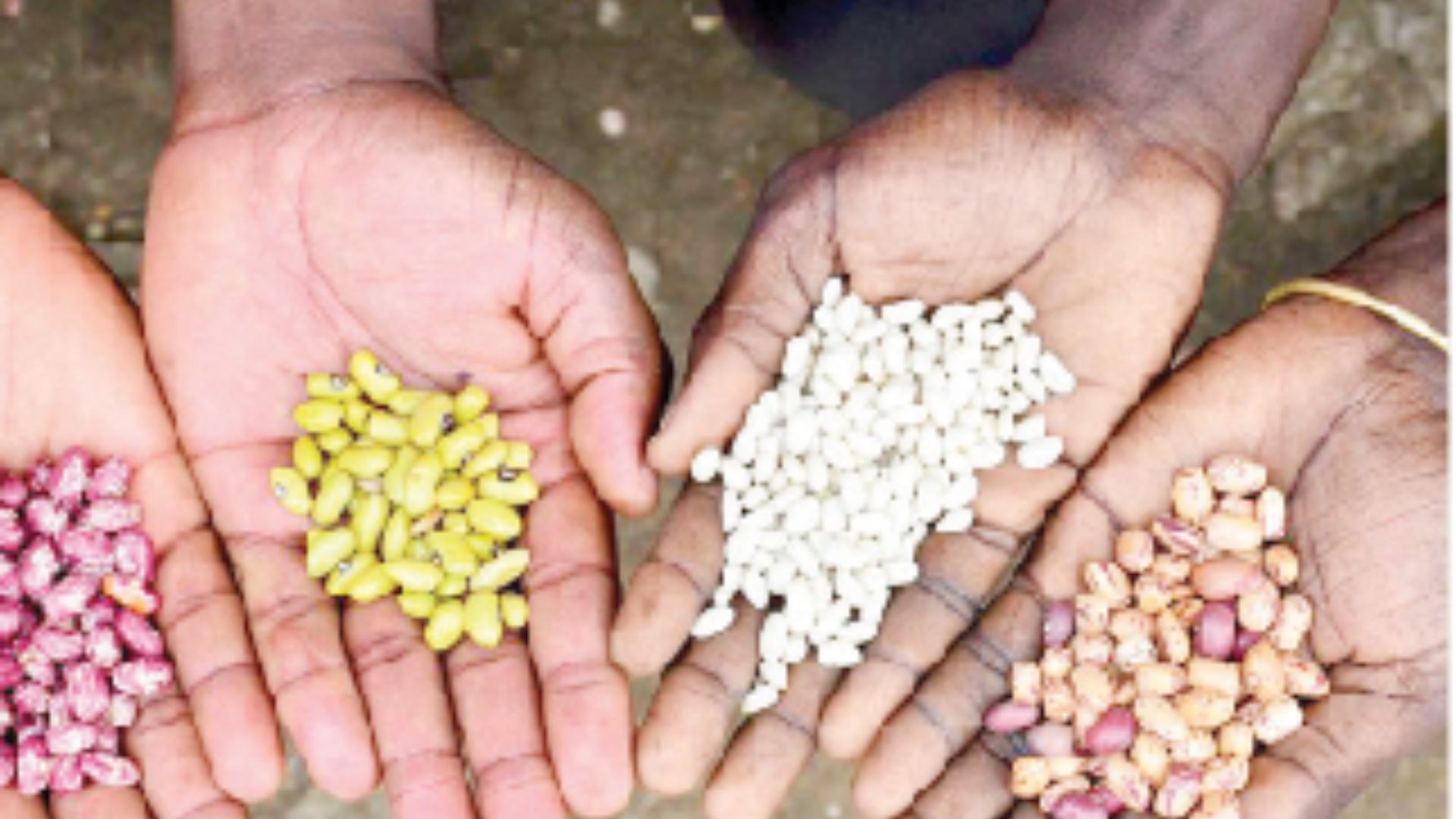Land consolidation in Kenya key to food security

Hosea Kili
Sub-division of land continues to undermine agricultural productivity and is a threat to the achievement of the Big Four agenda.
Agriculture has over the decades been a key driver of the Kenyan economy. But this is now being undermined by the continued sub-division of arable land.
A majority of Kenyans still bury their dead on tiny farms and build houses on the ever-shrinking pieces of land. Urbanisation has also seen previously rich agricultural lands turned into concrete jungles.
As a result, the country has one of the highest number of subsistence farmers, all trying to eke out a living from their minuscule farms that are not economically viable.
At Independence, the clamour for land ownership was real, and a key driving force behind the freedom fight. Every citizen aspired to own a piece of land. It was all about Kenyans owning a piece of their motherland. Nobody thought this would harm the economy in the long run, as it has.
The land issue continues to be an emotive issue and successive governments have been afraid to tackle it. Politicians are still campaigning for ‘Watu wetu wapewe mashamba.’
Eighty per cent of the once-thriving coffee, tea, sugar, milk, sunflower, sisal, cotton and horticulture sectors have since been killed.
Yet even the surviving sectors such as the milk and sugar sectors operate on the deficit with imports supplementing local production. By running agriculture down, we are killing the goose that lays the golden egg.
Extensive land reforms are necessary if Kenya is to move from being a nett importer to a nett exporter of agricultural products and by-products.
The government should come up with a framework of leasing back farms from the people in a land consolidation drive. The premise would be to build clustered, well-serviced residential areas within each locality, and consolidate the land pieces into agriculturally viable blocks.
It would be important for the government to do proper spatial planning to map areas according to their agricultural potential. This would also involve the identification of the best settlement areas for communities.
The issue of land being touchy as it is in Kenya, there will not only be a need for a strong government policy, but also appropriate incentives for the people to surrender their land without resistance.
A ‘Land Consolidation Fund’ should be put in place to spearhead the leasing of land from citizens, transfer residents to a planned settlement area which is well serviced with amenities such as water, waste disposal, power, schools, among others.
The land thus vacated is then flattened for commercial enterprise, into which the residents can be absorbed to provide both skilled and semi-skilled labour.
Such blocks, which would be in the sizes of at least 10,000 acres, are viable agricultural activity; and can even go a step further to introduce value-add activities and factories within, which would add immense value to the overall economy and the national GDP.
Some farms can be designated to produce for local consumption specifically, while a large chunk of the farms produces for the export market.
For sustainability, the farms should be co-owned, with the government owning about 25 per cent of the shares, a strategic investor with a majority (at least 60 per cent), and the community at least 15 per cent.
Such an arrangement would see to it that each party has interests in the enterprise and, therefore, supports its success.
The plan would create a robust economy and higher standards of living for the residents. It would be easier and cheaper to provide services to the people. It would be a win-win situation.
In 2002, Rwanda, in the Poverty Reduction Strategy Paper, proposed a land consolidation plan. Households had to hold at least one-hectare blocks.
To achieve this, families were required to cultivate common rather than fragmented pieces of land to increase productivity.
Though by 2011 the policy had shifted more from consolidation to productivity and adopting more output-oriented methods in farming, the attempt at consolidation yielded good results.
Land consolidation efforts have succeeded elsewhere. It’s time Kenya changed direction, for the survival of future generations and to turn around our agricultural economy.
—The writer is the Managing Director/CEO of CPF Group













